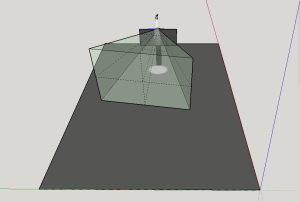Humanity at Sea, Ideation
|
Google Docs – via Iframely I didn’t just see the horrible image once. The one of the child, Aylan Kurdi, lying there dead in the surf. I saw it again and again every time I opened Facebook or Twitter, every time I scrolled down the page. When faced with images of death and destruction, my first response is to turn away, to assure myself that I am aware of the evil in the world, that I’ve seen suffering, that it is not required that I feel the sorrow just this instant, just because Facebook says I should. But as the image was repeated, I dared myself to look longer, to see the details, the grooves on the soles of his shoes, his curled fingers. The more I looked, the less real it became, the more holes there were in my vision, the more aware I was of the limits of my screen. I was confronted with what I don’t know about Syria, about migration, about the other dead children.
In this sketch we will explore our desire to make an image real, to make it known and understood, and our frustration with the limits of that knowledge and experience. The audience member will approach a screen with an image (perhaps video) of a refugee camp, as he approaches the screen the image will fade as we zoom in on a 3-D rendering of the same image (created in agisoft). The closer to the screen the audience moves, both the more detailed and the more distorted the 3D image will appear. We are asking the spectator to stand in our shoes, to look closely, to look from a distance, to choose their distance. We are relying on the limitations of the media (the 3-d rendering) to mediate (and complicate) the experience of the audience. The secondary audience, those watching the participant approach the screen, will have the opportunity to interpret the choices and responses of the participant, to judge them as they see fit. In this way, the secondary audience is watching a Brechtian piece of theatre. When it is his turn to participate in the experience, he will be able to judge his own choices and reactions against those he has watched experience it. But in the moment that he approaches the screen his participation, his freedom to choose, while not truly Artaudian, it does lie in the experience, in between thought and gesture. |


